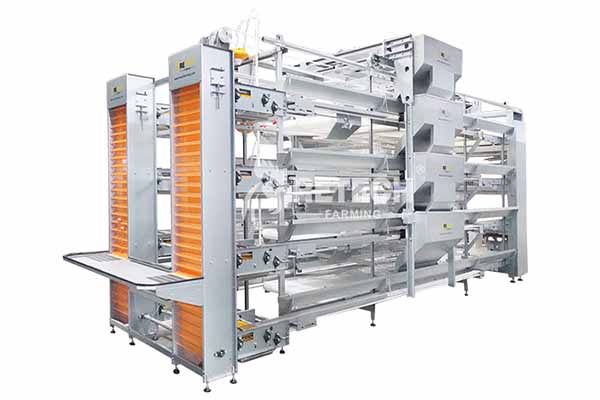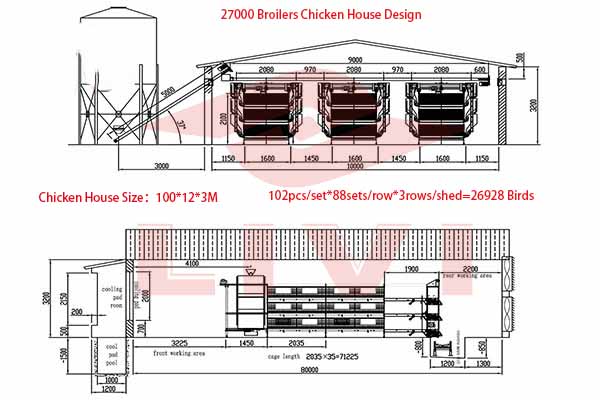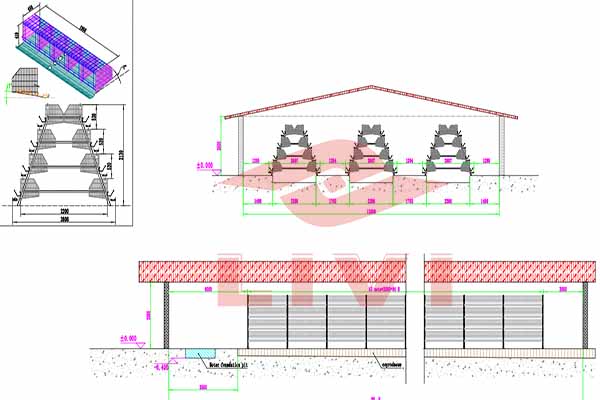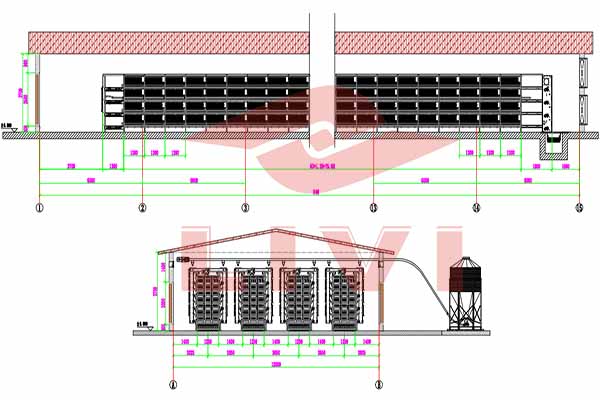Revolutionizing Chicken Farming: The Role of Automatic Battery Cages in Kenya
Introduction
The poultry industry in Kenya has witnessed significant growth over the years. With this growth comes the need for advanced and efficient farming practices. One such innovation is the use of automatic battery cages for chicken farming. This article delves into the benefits of these cages and their impact on the industry in Kenya.
Understanding Automatic Battery Cages
Automatic battery cages are a modern form of housing that provide a controlled environment for chickens. These cages are designed to optimize space and ensure the health and welfare of the birds. Here are some key features of automatic battery cages:
– Space Efficiency: These cages allow for a higher number of chickens per square meter compared to traditional systems.
– Automatic Feeding and Watering: The inclusion of automated feeding and watering systems ensures a consistent supply of nutrients to the chickens.
– Ventilation and Temperature Control: The cages are equipped with ventilation systems to maintain optimal air quality and temperature for the chickens.
– Egg Collection: Eggs are automatically collected, reducing the labor required for this task.
Benefits of Automatic Battery Cages in Kenya
– Improved Productivity: Studies have shown that chickens housed in automatic battery cages produce more eggs than those in traditional systems.
– Cost-Effective: The automated systems reduce labor costs and improve efficiency.
– Animal Welfare: These cages provide a safer environment for chickens, reducing the risk of disease and injuries.
– Economic Growth: The adoption of advanced farming technologies like automatic battery cages can stimulate economic growth in the poultry industry.
Statistics and Data
– Egg Production: Automatic battery cages have been found to increase egg production by up to 20% compared to traditional systems.
– Cost Savings: An automated cage system can reduce labor costs by 50%.
– Space Utilization: A single cage can house two to three chickens, maximizing space usage.
Case Studies
– Farm A: A local farm in Kenya implemented automatic battery cages and witnessed a 25% increase in egg production within the first year.
– Farm B: After switching to automatic cages, Farm B reduced its labor costs by 30%.
Conclusion
The adoption of automatic battery cages in Kenya’s poultry industry is a game-changer. These innovative cages offer numerous benefits, from increased productivity to better animal welfare. As the industry continues to grow, it is essential for chicken farmers and investors to explore such advancements to stay competitive.
For more information on automatic battery cages and their implementation in your farm, leave a comment below or contact us for a free poultry farming design and equipment quotation from Livi Machinery.





